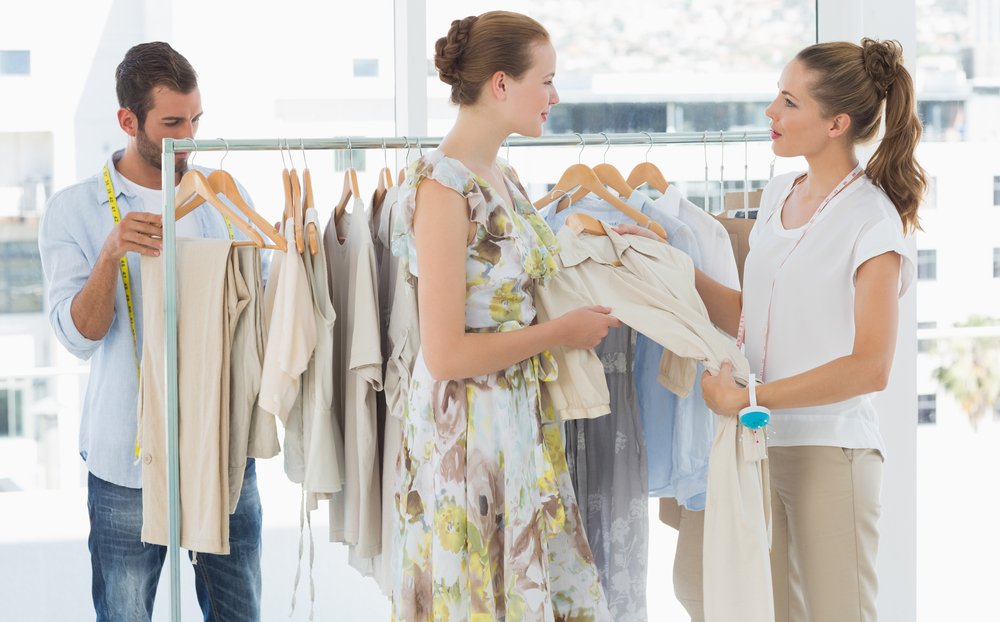
Back in the day, shoppers would go places near where they lived and would be recognized, called by name, and treated almost like family by the proprietors of the shops in their area. You got a handshake that was a solid bond and always knew that the shopkeeper was looking out for you. Today, the buzzword describing these values is clienteling.
These values are still around even if the actual stores aren't. In many cases, however, the business world has eschewed these values, and the brick-and-mortar shopping experience has become uninteresting, predictable, and impersonal.
Mom and Pop Values
When mom and pop asked about your family, they weren't just being nice. They were finding out about your family's wants and needs. It was part of the world-class service they provided as a matter of course. Most of all, they cared.
Today, the clienteling practice is making a comeback! Retailers are actively trying to leave the impersonal mentality behind and re-engage with customers on an almost visceral level.
In the mom-and-pop days, shopkeepers would gain the information about their customers through long-term interactions. They might even go to their customers' barbecues, parties, bar or bat mitzvahs, and the like. They were real friends with their customers because they'd probably known each other for 30 years.
The Modern Clienteling Equivalent
Unfortunately, "the corner store at Main and Maple," no longer exists.
Stores have gotten further and further away from the neighborhoods they serve. It's tough to cultivate long-term relationships when you see a different person every time you go to the store.
Modern clienteling, however, is simulating that "right-down-the-street" feeling. By finding out all that you can about your customers, you can give them the same service and the same values as you could when steak was $0.79 per pound.
Research bears this out.
According to an Accenture study, more than 75 percent of consumers are more likely to purchase from retailers that know their name and purchase history and provide recommendations that are appropriately on-taste.
Human beings are social animals. They want recognition and have their needs met personally instead of by monotone associates following rules and policies that lead to a harried cashier whom you do not know.
How can you do that? The answer is just one word: technology.
Exciting Nuts and Bolts
You might be asking, "How is it possible to personalize the service you provide to someone you never met?" The fact is that if you have a CRM or a loyalty program, then you have lots of information on people you have never met.
If you have an online store or run a digital marketing program, you know a lot about people you have never met.
The problem isn’t about having information. Rather, it is about employing it at the right time and in the location where the vast majority of your sales are generated: the physical store.
So, you might also be asking about how you would get the proper information into the hands of the associates. That isn’t a problem either. Many vendors are offering the aggregation of customer data, applied machine learning, and mobile applications to deliver the information to the hands of the store associate. Tulip is a good example.
Unfortunately, today’s implementations of this kind of clienteling preparation can only fit high-touch retail segments.
These solutions are "heavy" and require a level of personal interaction that many retail segments cannot afford to provide. The challenge lies in the manual step of linking customers to their data. It requires an interaction level that is often fended off with responses like ,"I’m just browsing," or, "Where can I find a garden hose?"
So, how on Earth will the associate know when a particular customer is coming?
It's called automatic presence detection.
Here's how it works. "Mrs. Jones" comes to the store every couple of months. Because of a calculated set of motivational techniques, she joins the store's WiFi and identifies herself. The reason Mrs. Jones comes in is to buy a pair of espadrilles, her favorite kind of shoes.
Now, she's coming back to the store on a different day. She most certainly has her phone with her, and the store's WiFi detects her phone approaching with automatic presence detection.
The system then alerts an associate that Mrs. Jones is coming into the store, and the associate can access Mrs. Jones's data to see, indeed, that she buys her favorite shoes once every couple of months. So, that associate is ready and waiting with a great smile, a handshake full of integrity, and knowledge of Mrs. Jones's preferences even beyond the espadrilles.
Isn't modern clienteling amazing?
Don't you think your customers will love you for providing a warm, personal shopping experience? They'll feel like people again instead of just potential "numbers on a balance sheet."
Shopkeepers and store owners in the past dreamt of knowing what a customer wanted before that customer entered the shop. Now, that dream can be a reality!
Nearly two-thirds of shoppers are comfortable with retailers identifying them via their mobile phone when they enter a store as long as it means they are offered a personalized experience.
Who knows, the survival of your retail organization my depend on it.
As Steven Van Belleghem explains in his award-winning book, "When Digital Becomes Human," companies need to successfully implement the digital relationship and also transform their customer relationships on a human level.
Modern clienteling leverages technology to offer old school values -- not replace them.
"The successful customer relationship of the future will ... be built on both the rational (digital perfection) and the emotional (the human touch)," Belleghem writes. "Combining a digital and a human customer relationship is the only way for the vast majority of companies to survive."

The Best Kept Secret for IT Professionals.
Learn how we keep you more informed than your competition in half the time.



No Comments
Add a commentAdd a comment